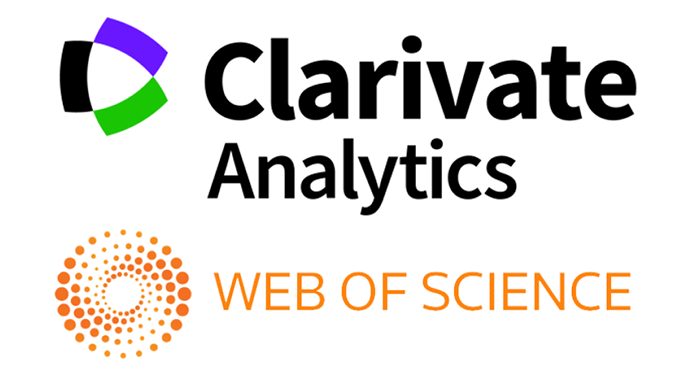METHODS OF DEVELOPING STUDENTS’ MEDIA COMPETENCE
Abstract
The article studies various pedagogical strategies to enhance media literacy among students. It emphasises the importance of media competence in the digital age, where students are constantly exposed to vast information. The study examines different methods, including critical thinking exercises, media analysis projects, and the integration of media literacy into the curriculum. It also discusses the role of educators in guiding students to navigate and critically evaluate digital content. Through a review of existing literature and case studies, the article highlights best practices and innovative approaches to foster media competence. The findings suggest that a multi-faceted approach, combining theoretical knowledge with practical application, is most effective in developing students’ media skills. The article concludes with recommendations for educators and policymakers to support the incorporation of media literacy
education in schools.
References
Hobbs R. Digital and Media Literacy: Connecting Culture and Classroom. Corwin, 2010. – p. 45-67.
Potter W.J. Media Literacy. 7th ed. SAGE Publications, 2013. – p. 88-112.
Kellner D., Share J. Critical Media Literacy, Democracy, and the Reconstruction of Education. Media Literacy Review, 2007. – p.
-56.
Buckingham D. Media Education: Literacy, Learning, and Contemporary Culture. Polity, 2003. – p. 92-118.
Mihailidis P. Media Literacy and the Emerging Citizen. Peter Lang Publishing, 2014. – p. 103-127.
Aufderheide P., Firestone C.M. Media Literacy: A Report of the National Leadership Conference on Media Literacy. Aspen
Institute, 1993. – p. 78-99.
Martens H. Evaluating Media Literacy Education: Concepts, Theories and Future Directions. Journal of Media Literacy Education,
2(1) – p. 29-41.
Livingstone S. Media Literacy and the Challenge of New Information and Communication Technologies. The Communication
Review, 2004. 7(1) – p. 3-14.
Masterman L. Teaching the Media. Routledge, 1985. – p. 54-76.
Quin R., McMahon B., Quin R. Teaching Media Literacy. Wadsworth Publishing, 1997. – p. 45-63.
Thoman E., Jolls T. Media Literacy: A National Priority for a Changing World. Center for Media Literacy, 2004. – p. 66-89.
KARIMOV, F. (2024). G ‘ARBGA XOS TANQIDIY FIKRLASH TUSHUNCHASINI O ‘ZBEKISTONDAGI CHET TIL SIFATIDA INGLIZ TILI (EFL) DARSLARIGA INTEGRATSIYA QILISH: MADANIY YONDASHUV. News of the NUUz, 1(1.7. 1), 114-116.
KARIMOVA, M., & NURALIYEVA, F. (2024). KOMPYUTERNING DASTURIY TA’MINOTI. DASTURIY TA’MINOTNING TURKUMLANISHI. News of the NUUz, 1(1.7. 1), 117-119.
KAYUMOV, K. (2024). KICHIK SHAHARLARNI RIVOJLANTIRISHDA INNOVATSION TEXNOLOGIYALARNING AHAMIYATI. News of the NUUz, 1(1.7. 1), 120-122.
Copyright (c) 2024 News of the NUUz

This work is licensed under a Creative Commons Attribution-NonCommercial-ShareAlike 4.0 International License.


.jpg)

1.png)







